LSD famously guided the Beatles into the kaleidoscopic experimentation of their groundbreaking album, Revolver. Peyote influenced the Beat Generation’s convention-smashing writing, and film director Federico Fellini credited his success to a single tab of acid.
After an LSD experience in 1964, Fellini noted, “…I remember I had some exaltation about colors. I saw colors not like they normally are—we see colors in the objects, you know; we see objects that are colored. I saw colors just like they are, detached from the objects. I had for the first time the feeling of the presence of the colors in a detached way.”
More recently, tech founders, including Google’s Sergey Brin, have extolled the benefits of microdosing psychedelics during their work days. (1, 2, 3, 4, 5)
Psychedelic substances frequently come up in discussions around artistic freedom and expression, credited with the power of unleashing new ideas, enhancing perception, and leading creators down unusual and inspiring rabbit holes. But while substances such as LSD and psilocybin may have expanded the works of Philip K. Dick and the Beach Boys, can anyone use them to improve or alter their creative perspective?
Keep Up with Uncensored Psychedelic Trends
Join our newsletter at Psychedelics Uncensored.
We respect and protect your privacy. By subscribing your info will be subject to our privacy policy . Unsubscribe easily at any time
![]()
Can Psychedelics Enhance Creativity?
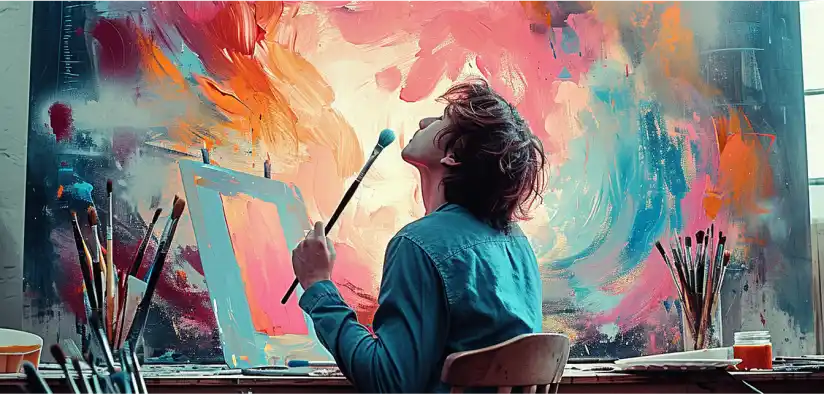
Albert Hofmann, the first person to synthesize LSD and document the experience, noted in his renowned book “LSD, My Problem Child” that the historic journey gave him an “extremely stimulated imagination.”(6)
Similarly, Nobel-Prize-winning chemist Kary Mullis insisted he wouldn’t have invented polymerase chain reaction (PCR), a method used to rapidly copy DNA samples, without LSD. From his book “Dancing Naked in the Mind Field”
“Would I have invented PCR if I hadn’t taken LSD? I seriously doubt it [having taken LSD] I could sit on a DNA molecule and watch the polymers go by. I learnt that partly on psychedelic drugs.” (7)
Like Hofmann and Mullis, many people emerge from psychedelic experiences with fresh insights, original ideas, and heightened senses, all of which could be applied to creative work.
Possibly encouraged by these anecdotes, scientists have been trying to measure psychedelics’ impact on human thinking and creativity for decades.
Early research in the 1950s and ‘60s, asked artists to produce paintings and drawings while professionals, such as engineers and mathematicians, were tasked with tackling creative problems related to their work while under the influence of psychedelics. These studies are largely anecdotal, with little quantitative data. However, they found that artists’ work became increasingly surreal during the psychedelic experience, producing work that was outside of their usual style and form. Professionals were better at solving creative problems, with the greatest effect seen on the illumination phase of creative thought, commonly referred to as the “eureka” moment. (8, 9, 10)
Keep Up with Psychedelic Trends
Get uncensored psychedelic news, events, and updates. Join Psychedelics Uncensored!
We respect and protect your privacy. By subscribing your info will be subject to our privacy policy . Unsubscribe easily at any time
![]()
During today’s psychedelic renaissance, a flurry of studies have asked similar questions about the much-mythologized link between psychedelics and creativity. However, difficulty in defining and measuring creativity has made this research challenging, and led to sometimes contradictory results. (11)
Some experiments back up years of anecdotal reports, and suggest that the substances may moderately enhance creativity by increasing the thought process associated with brainstorming, both immediately and for days afterward. Psychedelics may also promote flexibility in neural pathways that are conducive to original ideas and new insights, useful both for artistic work and for psychotherapy.(12)
However, large doses may impair some necessary conditions of creative thought during the process, including idea selection and focus. Though there may be benefits post-experience. Microdoses may perform better, at least for immediate productive creative thought. In fact, some evidence suggests microdosing heightens creativity and boosts focus and energy.(13)
Psychedelics and the Brain
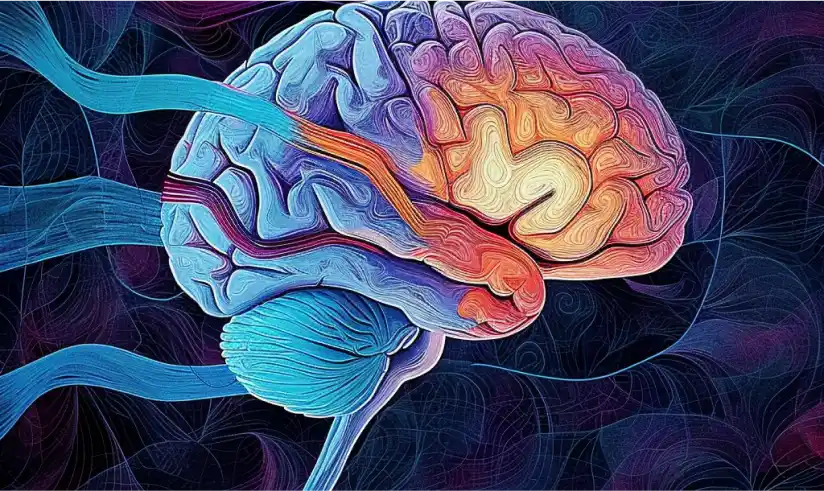
Recent research has given us a better understanding of how psychedelics act on the serotonin receptors that impact cognition and other brain functions. Some of these neurological effects have been linked to creative thinking, specifically to the thought processes science most closely defines as creative thought and to the brain regions and networks that are active during this type of thinking. (14)
Convergent Thinking vs. Divergent Thinking
The most common scientific model of creativity theorizes it as a dynamic process, a toggling between two distinct modes of thought: divergent and convergent thinking.(15, 16, 17)
01
Divergent thinking (DT):
The generation of useful ideas, often in a free-flowing, non-linear fashion, such as in brainstorming or mind-mapping.
02
Convergent thinking (CT):
The evaluation of those ideas for their usefulness and effectiveness, often using logical reasoning, and the selection of the best solution
Scientific research suggests that individuals who have consumed psychedelics such as LSD and psilocybin, exhibit increased divergent and convergent thinking, which may last beyond the experience itself. Even the small quantities consumed in microdosing have the potential for increased idea generation. (17)
Other studies suggest convergent thinking may decrease during the psychedelic experience itself but it is often amplified in the aftermath, allowing psychonauts to select and develop the ideas they’ve generated. (18, 19)
Psychedelics’ amplification of divergent thinking may be part of their apparent usefulness in treating some mental health conditions when paired with psychotherapy. Flexible, divergent thinking is markedly reduced in depression, anxiety, and post-traumatic stress disorder (PTSD). However, it’s crucial for psychotherapy, which asks individuals to come up with new cognitive, emotional, and behavioral strategies and think in different ways, all of which psychedelics may have the potential to enable. (12)
The DMN & Creativity
The Default Mode Network (DMN) is a group of connected brain regions active when we’re awake but resting, such as during daydreaming or mind-wandering. The DMN is also associated with rumination, autobiographical thinking, and mental health conditions such as depression and anxiety. Neuroimaging has shown that the DMN is active during creative thought, especially divergent thinking. (20)
Research has revealed that some psychedelics may decrease connectivity within the DMN while boosting connectivity between the DMN and other neural networks, transforming the brain from a collection of modular, segregated networks, to a more global, interconnected system. Classic psychedelics (such as LSD, psilocybin, mescaline, and DMT), in particular, can induce this shift, but ketamine may also have this effect. (21)
This research suggests a paradox: that psychedelics induce creativity but disrupt the connectivity of the brain system that seems to power divergent thought. That contradiction hasn’t been resolved. Scientists suggest that creativity is much more complex than simply divergent thought. After all, brainstorming dozens of ideas isn’t the same as selecting and developing a truly fantastic idea.
One model suggests that creativity emerges from the interplay of three different resting state networks: (22, 23)
01
Default Mode Network (DMN):
See above for more on the Default Mode Network
02
Salience Network (SN):
Detects and identifies important information, externally and internally, and may be the driver of convergent thinking, or the selection of useful ideas
03
Frontoparietal Network (FPN):
Also known as the central executive network (CEN): helps maintain focus on those ideas
“It’s the synchrony between these systems that seems to be important for creativity,” said researcher Roger Beaty in a study published in the Proceedings of the National Academy of Sciences. “People who think more flexibly and come up with more creative ideas are better able to engage these networks that don’t typically work together and bring these systems online.”(22)
While psychedelics reduce connectivity within the DMN, they increase its links to other brain networks, potentially linking the systems needed for productive, creative thought.(21)
Magic Mushrooms for Creativity
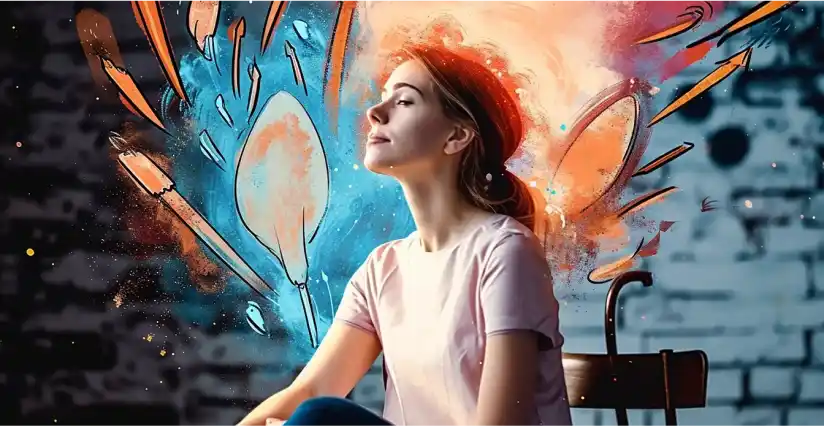
Of all psychedelics, psilocybin has been researched the most often for its effects on creativity. The results have been mixed, but they suggest that the largest boost to creativity, including both divergent and convergent thinking, may come in the days after the psychedelic experience, in the period known as the afterglow. Studies also suggest that creativity may be initially impaired in the acute phase of a macrodose but enhanced when microdosing. (24, 25, 26)
Short-term Side Effects Of Magic Mushrooms
Possible short-term side effects of magic mushrooms (psilocybin) include:(27)
Historical Uses of Magic Mushrooms for Creativity
Humans have been using hallucinogenic mushrooms in spiritual rituals for millennia and representing that use in art. Rock paintings in the Sahara Desert, dated 7,000 to 9,000 years ago, depict the harvest, worship, and offering of mushrooms to gods. But there’s no evidence of mushrooms used specifically as an elixir of creativity until the 20th century, when Beat poet Allen Ginsburg helped Timothy Leary recruit writers, painters, and musicians for his experiments under the Harvard Psilocybin Project.(28, 29)
Microdosing vs. Macrodosing Psilocybin
More recently, some psychonauts have tried to harness the reported benefits of psilocybin mushrooms without disruptive hallucinations by taking just 5-10% (sometimes up to 20%) of a typical dose, sometimes during their work days. They report heightened creativity, increased energy, and reduced anxiety and depression.(30)
Preliminary scientific research into microdosing has yielded mixed results, but some trials suggest microdoses could have a positive effect on creativity. In one study, participants improved their scores on two tests of creativity, one measuring divergent thinking and the other measuring convergent thinking, by consuming small doses of psychedelic truffles. (24, 31, 32)
Mescaline for Creativity
A recent survey of around 500 individuals who have used mescaline found that 76% believed the substance could enhance creativity abilities. Scientists have been pursuing evidence of this reported effect for decades. In one experiment from the 1950s, four prominent artists produced work under the influence of mescaline or LSD, which art critics then evaluated. The critics concluded that the artists’ technical ability was somewhat impaired by psychedelics, but their work had “greater aesthetic value.” (33, 34)
A decade later, in one of the first rigorous human experiments on psychedelics’ effect on creativity, professionals, including engineers and architects, took mescaline and tried to solve problems related to their work. The researchers concluded that psychedelics did facilitate creative problem-solving, especially during the stage of creativity known as “illumination,” when the idea arrives. (11)
Short-term Side Effects of Mescaline
Possible short-term side effects of mescaline may include:(35)
Historical Uses of Mescaline for Creativity
Indigenous peoples of what’s now Southwestern United States and Northern Mexico have consumed peyote cacti, containing the psychoactive compound mescaline, during religious rituals for thousands of years. Mescaline, which produces vivid visual hallucinations, was the first psychedelic compound used in experiments by Western scientists, who, in the early 20th century, gave it to artists and told them to draw or paint what they saw. (36, 37)
Later, occultist Aleister Crowley and science fiction writer Aldous Huxley experimented with the substance. In his book “Moksha”, Huxley wrote: “The mystical experience [induced by mescaline] is doubly valuable; it is valuable because it gives the person experiencing it a better understanding of himself and the world and because it may help him to lead a less self-centered and more creative life.” (38)
Microdosing vs. Macrodosing Mescaline
There are only anecdotal reports about microdosing mescaline, with psychonauts reporting smaller doses make them feel “philosophical” and “relaxed.” (39)
DMT and Ayahuasca for Creativity
Most studies of DMT have used the brew ayahuasca, which contains natural sources of DMT, alongside a monoamine oxidase inhibitor (MAOI) that slows the metabolism of the psychedelic molecule and extends its otherwise brief psychedelic experience. This longer high can heighten creativity, both during the experience and after, according to anecdotal and scientific evidence. Other sources of DMT, such as synthesized DMT in vape pens, often create a shorter but more intense experience, though there is little scientific study into this form of DMT and and its impact on creativity. (40, 41, 42)
Psychologist Benny Shanon, who published a book on ayahuasca (The Antipodes of the Mind: Charting the Phenomenology of the Ayahuasca Experience), has claimed it can elicit profound philosophical insights and provoke great artistic performances, including instrument playing, singing, dancing, and acting.(43)
A 2016 scientific study found that people who had consumed the brew demonstrated increased divergent thinking but decreased convergent thinking during the experience. (40, 41, 42)
Short-term Side Effects of DMT (44)
Possible short-term side effects of DMT may include:
Historical Uses of DMT for Creativity
Indigenous peoples in South America have used ayahuasca brews in spiritual ceremonies and for healing for at least a millennia, though there is no recorded evidence of it being used for creativity. In the 1950s, Beat writer William S. Burroughs sought out ayahuasca, which he called yage, during his travels in the Amazon and described it as “space-time travel… migrations, incredible journeys through deserts and jungles and mountains.”(45)
Microdosing vs. Macrodosing DMT
Evidence about microdosing DMT is almost exclusively anecdotal. There’s been little consideration of its effects on creativity.
LSD for Creativity
A small study published in the Journal of Psychopharmacology examined the effects of LSD and creativity. Study subjects given LSD and asked to perform creative tasks produced more original, non-obvious ideas. They also displayed greater symbolic thinking, or the representation of reality through abstract concepts, compared to the placebo group, as a child does when playing “make-believe.” There was, however ,decreased utility and convergent thinking.(46)
Short-term Side Effects of LSD (47)
Possible short-term side effects of LSD may include:
Historical Uses of LSD for Creativity
Linked to rock stars and the 1960s, LSD is the psychedelic most associated with bursts of creativity: the Beatles’ Revolver, wavy posters by graphic designs Hapshash and the Coloured Coat, entire genres of LSD art, and psychedelic rock stars the Grateful Dead.
Microdosing vs. Macrodosing LSD
The first-ever placebo-controlled LSD microdosing study, published in 2018, suggested that tiny doses alter individuals’ perception of time, potentially with benefits for their creativity and focus. Another study has demonstrated the mood-boosting effects of small, regular doses. Further research is ongoing, but for now, most evidence is anecdotal.(48, 49)
Contraindications for Psychedelics
The existence of certain preexisting health conditions could potentially impact a psychedelic experience.
If you are planning on experimenting with psychedelics to boost your creativity and have a history of any of the below conditions, then speak to a healthcare professional first: (50)
Recent Clinical Trials & Research on Creativity and Psychedelics
The last five years have seen the most research activity around psychedelics since the 1960s, driven by early but promising evidence about their potential as a treatment for mental health conditions. A handful of these studies have considered how psychedelics, especially psilocybin, impact creative thought, itself vital for psychotherapy. The results of this research have been mixed, but suggest psychedelics may produce a positive effect on creativity, especially in the days after an experience or when microdosed.
Just two of these studies of psychedelics and creativity have been rigorous, placebo-controlled, double-blind randomized controlled trials (RCTs), which is the gold standard of scientific research. The first, published in 2021, found participants given psilocybin initially demonstrated less divergent thinking than those given a placebo but were more likely to feel they’d had spontaneous creative insights. But when their creativity was tested a week later, they had superior divergent cognition than the placebo group. The second, published in 2022, found that participants under the influence of LSD produced more original and non-obvious ideas.(25, 52)
Research is ongoing. The Centre for Psychedelic Research at Imperial College London is recruiting participants for a self-blinding study that will examine the effects of microdoses of psilocybin and LSD on cognition, creativity, and physical and mental health.(53)
Notable Studies on Psychedelics and Creativity
01
“The Associations of Naturalistic Classic Psychedelic Use, Mystical Experience, and Creative Problem Solving,” 2016:
Participants who reported previous psychedelic use demonstrated greater problem-solving ability, whether or not that use triggered mystical experiences.
02
“Ayahuasca enhances creative divergent thinking while decreasing conventional convergent thinking,” 2016:
26 participants completed creativity tests assessing divergent and convergent thinking before and after consuming an ayahuasca brew containing DMT. Their divergent thinking improved while under the influence of ayahuasca, while their convergent thinking decreased.
03
“Exploring the effect of microdosing psychedelics on creativity in an open-label natural setting,” 2018:
Participants consumed microdoses of dried psychedelic truffles and completed two creative problem-solving tests, one testing divergent thinking and one testing convergent thinking, both before and 1.5 hours after ingesting the mushrooms. Both convergent and divergent thinking improved after the dose.
04
“Sub-Acute Effects of Psilocybin on Empathy, Creative Thinking, and Subjective Well-Being,” 2019:
Around 50 attendees of a psilocybin retreat completed tests of creative (both divergent and convergent) thinking and empathy and rated their satisfaction with life on three occasions: before ingesting psilocybin, the morning after, and a week later. Participants demonstrated enhanced divergent thinking and emotional empathy the morning after use and seven days after the experience showed improved convergent thinking.
05
“Spontaneous and deliberate creative cognition during and after psilocybin exposure,” 2021:
In a double-blind study, 60 participants took either a full dose of psilocybin or a placebo, completed creativity tasks before the administration, after, and then seven days later. Participants under the influence of psilocybin generated fewer ideas than those given a placebo, meaning they had reduced divergent thinking, along with impaired convergent thinking. However, they subjectively reported having more spontaneous creative insights, and their divergent thinking was enhanced when their creativity was tested again a week later.
06
“LSD and creativity: Increased novelty and symbolic thinking, decreased utility and convergent thinking,” 2022:
24 participants consumed a full dose of LSD or a placebo and completed tests of their creativity. Participants given LSD produced more novel, surprising, and original ideas. They displayed more symbolic thinking but less convergent thinking.
Sources
1. Gilmore, M. (2019, December 26). Rolling Stone. Rolling Stone. https://www.rollingstone.com/feature/beatles-acid-test-how-lsd-opened-the-door-to-revolver-251417/
2. Eye on fiction: Heavenly and hellish – writers on hallucinogens. (2014b, September 6). BPS. Retrieved November 2, 2023, from https://www.bps.org.uk/psychologist/eye-fiction-heavenly-and-hellish-writers-hallucinogens
3. Metastasio, A., Mignogna, S., Paci, R., Mancini, M., Melelli, F., Lando, E., Corazza, O., & Stanghellini, G. (2023). A phenomenological analysis of Fellini’s films to understand the effect of LSD therapy on his creativity. Drug Science, Policy and Law, 9. https://doi.org/10.1177/20503245231186723
4. Grind, K., & Bindley, K. (2023, June 27). Magic mushrooms. LSD. ketamine. the drugs that power Silicon Valley. WSJ. https://www.wsj.com/articles/silicon-valley-microdosing-ketamine-lsd-magic-mushrooms-d381e214
5. Metastasio, A., Mignogna, S., Paci, R., Mancini, M., Fabio Melelli, Lando, E., Corazza, O., & Stanghellini, G. (2023). A phenomenological analysis of Fellini’s films to understand the effect of LSD therapy on his creativity. Drug Science, Policy and Law, 9. https://doi.org/10.1177/20503245231186723
6. Hoffman, A. (1980). LSD – My Problem Child. McGraw-Hill Book Company
7. Mullis, K (2000). Dancing Naked in the Mind Field. Published by Vintage. https://www.penguinrandomhouse.com/books/118542/dancing-naked-in-the-mind-field-by-kary-mullis/
8. Artist draws nine portraits on LSD during 1950s research experiment. (2015b, December 26). Open Culture. Retrieved November 2, 2023, from https://www.openculture.com/2013/10/artist-draws-nine-portraits-on-lsd-during-1950s-research-experiment.html
9. Janiger, O. (1999). Dr. Oscar Janiger’s Pioneering LSD Research: Personal Statement by Oscar Janiger. Bulletin of the Multidisciplinary Association for Psychedelic Studies (MAPS), 9(1), 5–6. https://maps.org/news-letters/v09n1/09105jan.html
10. Harman, W. W., McKim, R. H., Mogar, R. E., Fadiman, J., & Stolaroff, M. J. (1966). Psychedelic Agents in Creative Problem-Solving: A pilot study. Psychological Reports, 19(1), 211–227. https://doi.org/10.2466/pr0.1966.19.1.211
11. Gandy, S., Bonnelle, V., Jacobs, E., & Luke, D. (2022). Psychedelics as potential catalysts of scientific creativity and insight. Drug Science, Policy and Law, 8, 205032452210976. https://doi.org/10.1177/20503245221097649
12. Doss, M. K., Považan, M., Rosenberg, M. D., Sepeda, N. D., Davis, A. K., Finan, P. H., Smith, G. S., Pekar, J. J., Barker, P. B., Griffiths, R. R., & Barrett, F. S. (2021). Psilocybin therapy increases cognitive and neural flexibility in patients with major depressive disorder. Translational Psychiatry, 11(1), 1–10. https://doi.org/10.1038/s41398-021-01706-y
13. Prochazkova, L., Lippelt, D. P., Colzato, L. S., Kuchar, M., Sjoerds, Z., & Hommel, B. (2018). Exploring the effect of microdosing psychedelics on creativity in an open-label natural setting. Psychopharmacology, 235(12), 3401–3413. https://doi.org/10.1007/s00213-018-5049-7
14. Kuypers, K. P. C. (2018). Out of the box: A psychedelic model to study the creative mind. Medical Hypotheses, 115, 13–16. https://doi.org/10.1016/j.mehy.2018.03.010
15. Mason, N. L., Kuypers, K. P. C., Reckweg, J., Müller, F., Tse, D. H. Y., Da Rios, B., Toennes, S. W., Stiers, P., Feilding, A., & Ramaekers, J. G. (2021). Spontaneous and deliberate creative cognition during and after psilocybin exposure. Translational Psychiatry, 11(1). https://doi.org/10.1038/s41398-021-01335-5
16. Kuypers, K. P. C. (2018). Out of the box: A psychedelic model to study the creative mind. Medical Hypotheses, 115, 13–16. https://doi.org/10.1016/j.mehy.2018.03.010
17. Prochazkova, L., Lippelt, D. P., Colzato, L. S., Kuchař, M., & Sjoerds, Z. (2018). Exploring the effect of microdosing psychedelics on creativity in an open-label natural setting. Psychopharmacology, 235(12), 3401–3413. https://doi.org/10.1007/s00213-018-5049-7
18. Kuypers, K. P. C., Riba, J., De La Fuente Revenga, M., Barker, S. A., Theunissen, E. L., & Ramaekers, J. G. (2016). Ayahuasca enhances creative divergent thinking while decreasing conventional convergent thinking. Psychopharmacology, 233(18), 3395–3403. https://doi.org/10.1007/s00213-016-4377-8
19. Costa, M. Â. (2022). A Dose of Creativity: An integrative review of the effects of serotonergic psychedelics on creativity. Journal of Psychoactive Drugs, 55(3), 299–309. https://doi.org/10.1080/02791072.2022.2106805
20. Peña, J., Makii Muthalib, Et Al. (2023). Enhancement of Divergent Creative Thinking After Transcranial Near-Infrared Photobiomodulation Over the Default Mode Network. Creativity Research Journal, 1–14. https://doi.org/10.1080/10400419.2023.2219953
21. Gattuso, J. J., Perkins, D., Ruffell, S., Lawrence, A. J., Hoyer, D., Jacobson, L., Timmermann, C., Castle, D., Rossell, S. L., Downey, L. A., Pagni, B. A., Galvão-Coelho, N. L., Nutt, D., & Sarris, J. (2022). Default Mode Network Modulation by Psychedelics: A Systematic Review. The International Journal of Neuropsychopharmacology, 26(3), 155–188. https://doi.org/10.1093/ijnp/pyac074
22. Neuroscience News. (2018b, January 23). The Creative Brain is Wired Differently. Retrieved November 2, 2023, from https://neurosciencenews.com/creativity-networks-8355/
23. Girn, M., Mills, C., Roseman, L., Carhart‐Harris, R., & Christoff, K. (2020). Updating the dynamic framework of thought: Creativity and psychedelics. NeuroImage, 213, 116726. https://doi.org/10.1016/j.neuroimage.2020.116726
24. Bonnieux, J. N., VanderZwaag, B., Premji, Z., Garcia-Romeu, A., & Garcia‐Barrera, M. A. (2023). Psilocybin’s effects on cognition and creativity: A scoping review. Journal of Psychopharmacology, 37(7), 635–648. https://doi.org/10.1177/02698811231179801
25. Mason, N. L., Kuypers, K. P. C., Reckweg, J., Müller, F., Tse, D. H. Y., Da Rios, B., Toennes, S. W., Stiers, P., Feilding, A., & Ramaekers, J. G. (2021b). Spontaneous and deliberate creative cognition during and after psilocybin exposure. Translational Psychiatry, 11(1). https://doi.org/10.1038/s41398-021-01335-5
26. Mason, N. L., Mischler, E., Uthaug, M. V., & Kuypers, K. P. C. (2019). Sub-Acute effects of Psilocybin on empathy, creative thinking, and Subjective Well-Being. Journal of Psychoactive Drugs, 51(2), 123–134. https://doi.org/10.1080/02791072.2019.1580804
27. Psilocybin: overview, uses, side effects, precautions, interactions, dosing and reviews. (n.d.). WebMD. Retrieved November 2, 2023, from https://www.webmd.com/vitamins/ai/ingredientmono-1654/psilocybin
28. Samorini, G. (1992). The oldest representations of hallucinogenic mushrooms in the world (Sahara desert, 9000 – 7000 BP). Integration, 2(3), 69–78. https://bibliography.maps.org/bibliography/default/resource/16354
29. Witt, E. (2018, May 29). The Psychedelic Renaissance: Trip Reports from Timothy Leary, Michael Pollan, and Tao Lin. The New Yorker. https://www.newyorker.com/books/under-review/the-science-of-the-psychedelic-renaissance
30. Begley, S. (2023, July 25). ‘Microdosing’ is touted by ’shroomers and Reddit users. Science is starting to test their claims — and finding some truth. STAT. https://www.statnews.com/2018/08/23/science-testing-claimed-benefits-of-psilocybin-microdosing/
31. Sweat, N. W., Bates, L. W., & Hendricks, P. S. (2016). The associations of naturalistic classic psychedelic use, mystical experience, and creative problem solving. Journal of Psychoactive Drugs, 48(5), 344–350. https://doi.org/10.1080/02791072.2016.1234090
32. Cavanna, F., Muller, S., de la Fuente, L. A., Zamberlan, F., Palmucci, M., Janeckova, L., Kuchar, M., Pallavicini, C., & Tagliazucchi, E. (2022). Microdosing with psilocybin mushrooms: a double-blind placebo-controlled study. Translational Psychiatry, 12(1). https://doi.org/10.1038/s41398-022-02039-0
33. Uthaug, M. V., Davis, A. K., Haas, T. F., Davis, D. M., Dolan, S. B., Lancelotta, R., Timmermann, C., & Ramaekers, J. G. (2021). The epidemiology of mescaline use: Pattern of use, motivations for consumption, and perceived consequences, benefits, and acute and enduring subjective effects. Journal of Psychopharmacology, 36(3), 309–320. https://doi.org/10.1177/02698811211013583
34. Brown, D. J. (2012, July 27). Can psychedelic drugs enhance creativity? Multidisciplinary Association for Psychedelic Studies – MAPS. Retrieved November 2, 2023, from https://maps.org/2012/07/27/can-psychedelic-drugs-enhance-creativity/
35. Mescaline. (2023, October 13). Alcohol and Drug Foundation. Retrieved November 2, 2023, from https://adf.org.au/drug-facts/mescaline/
36. El-Seedi, H. R., De Smet, P. a. G. M., Beck, O., Possnert, G., & Bruhn, J. G. (2005). Prehistoric peyote use: Alkaloid analysis and radiocarbon dating of archaeological specimens of Lophophora from Texas. Journal of Ethnopharmacology, 101(1–3), 238–242. https://doi.org/10.1016/j.jep.2005.04.022
37. Daly, M. (2019, May 15). The Fascinating History of Mescaline, the OG Psychedelic. Vice. https://www.vice.com/en/article/8xz8m3/history-of-mescaline-mike-jay
38. Huxley, A. (1999). Moksha: Aldous Huxley’s classic writings on Psychedelics and the Visionary Experience (M. Horowitz & C. L. Palmer, Eds.). Park Street Press.
39. Community, M. (2021, November 13). Microdosing San Pedro (mescaline) | Microdosing Institute. Microdosing Institute. Retrieved November 2, 2023, from https://microdosinginstitute.com/microdosing-101/substances/san-pedro-mescaline/
40. Kuypers, K. P. C., Riba, J., De La Fuente Revenga, M., Barker, S. A., Theunissen, E. L., & Ramaekers, J. G. (2016b). Ayahuasca enhances creative divergent thinking while decreasing conventional convergent thinking. Psychopharmacology, 233(18), 3395–3403. https://doi.org/10.1007/s00213-016-4377-8
41. Kiraga, M., Mason, N. L., Uthaug, M. V., Van Oorsouw, K., Toennes, S. W., Ramaekers, J. G., & Kuypers, K. P. (2021). Persisting effects of ayahuasca on empathy, creative thinking, decentering, personality, and Well-Being. Frontiers in Pharmacology, 12. https://doi.org/10.3389/fphar.2021.721537
42. Prochazkova, L., Lippelt, D. P., Colzato, L. S., Kuchař, M., & Sjoerds, Z. (2018b). Exploring the effect of microdosing psychedelics on creativity in an open-label natural setting. Psychopharmacology, 235(12), 3401–3413. https://doi.org/10.1007/s00213-018-5049-7
43. Shanon, B. (2000). Ayahuasca and Creativity. MAPS, 10(3), 18–19. https://maps.org/news-letters/v10n3/10318sha.pdf
44. AYAHUASCA: Overview, Uses, Side Effects, Precautions, Interactions, Dosing and Reviews. (n.d.). Www.webmd.com. https://www.webmd.com/vitamins/ai/ingredientmono-1550/ayahuasca
45. Burroughs, W. S., & Ginsberg, A. (1963). The Yage Letters. City Lights Books.
46. Wießner, I., Falchi, M., Maia, L. O., Daldegan‐Bueno, D., Palhano-Fontes, F., Mason, N. L., Ramaekers, J. G., Gross, M., Schooler, J. W., Feilding, A., Ribeiro, S., De Araújo, D. B., & Tófoli, L. F. (2022). LSD and creativity: Increased novelty and symbolic thinking, decreased utility and convergent thinking. Journal of Psychopharmacology, 36(3), 348–359. https://doi.org/10.1177/02698811211069113
47. LSD. (2023, June 6). Drugs.com. Retrieved November 2, 2023, from https://www.drugs.com/illicit/lsd.html
48. Rose, S. (2019b, April 16). Do Microdoses of LSD Change Your Mind? Scientific American. https://www.scientificamerican.com/article/do-microdoses-of-lsd-change-your-mind/
49. Murphy, R. J., Sumner, R. L., Evans, W. J., Ponton, R., Ram, S., Godfrey, K., Forsyth, A., Cavadino, A., Krishmamuthy, V., Smith, T., Hoeh, N., Menkes, D. B., & Muthukumaraswamy, S. (2023). Acute Mood-Elevating Properties of microdosed lysergic acid diethylamide in healthy volunteers: a Home-Administered Randomized Controlled trial. Biological Psychiatry, 94(6), 511–521. https://pubmed.ncbi.nlm.nih.gov/36997080/
50. Aragam, G. (2022, March 22). Medical Contraindications to “Classic” Psychedelic Use. Translational Psychedelic Research Program. Retrieved November 2, 2023, from https://psychedelics.ucsf.edu/blog/medical-contraindications-to-classic-psychedelic-use
51. Becker AM, Holze F, Grandinetti T, Klaiber A, Toedtli VE, Kolaczynska KE, Duthaler U, Varghese N, Eckert A, Grünblatt E, Liechti ME (2022). Acute Effects of Psilocybin After Escitalopram or Placebo Pretreatment in a Randomized, Double-Blind, Placebo-Controlled, Crossover Study in Healthy Subjects. Clin Pharmacol Ther. https://ascpt.onlinelibrary.wiley.com/doi/pdf/10.1002/cpt.2487
52. Wießner, I., Falchi, M., Maia, L. O., Daldegan‐Bueno, D., Palhano-Fontes, F., Mason, N. L., Ramaekers, J. G., Gross, M., Schooler, J. W., Feilding, A., Ribeiro, S., De Araújo, D. B., & Tófoli, L. F. (2022b). LSD and creativity: Increased novelty and symbolic thinking, decreased utility and convergent thinking. Journal of Psychopharmacology, 36(3), 348–359. https://doi.org/10.1177/02698811211069113
53. Microdosing Study 2.0. (n.d.). Imperial College London. Retrieved November 2, 2023, from https://www.imperial.ac.uk/psychedelic-research-centre/participate-in-a-trial/microdosing-study-20/
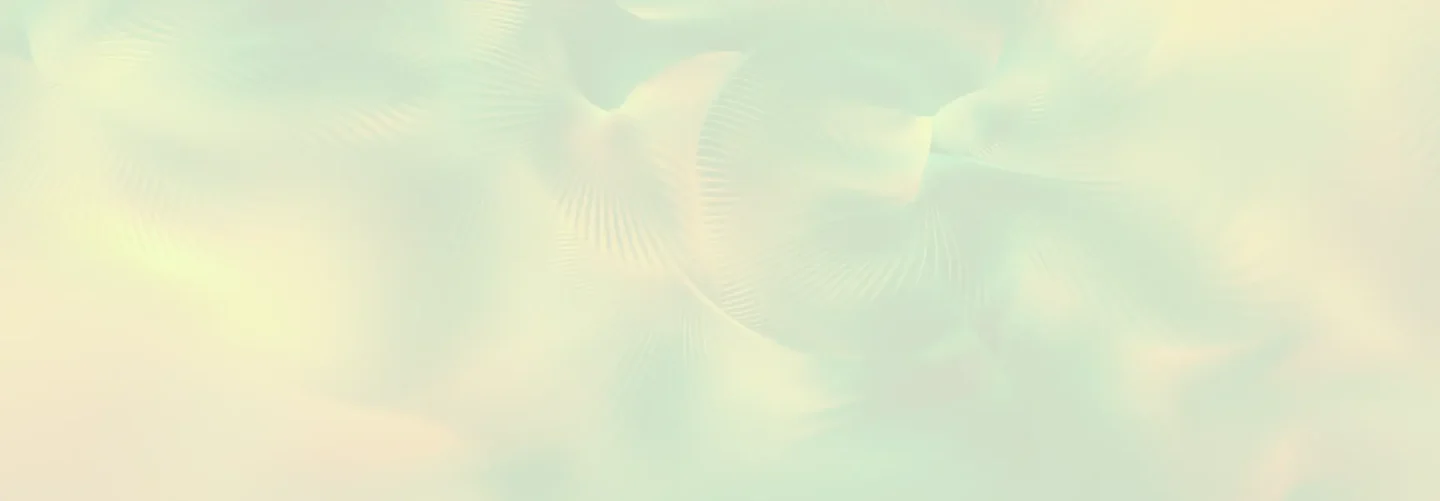
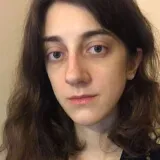 Lauren Smith
Lauren Smith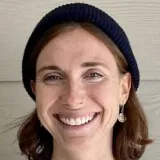 Morgan Blair, MA, LPC
Morgan Blair, MA, LPC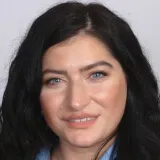 Paloma Lehfeldt, MD
Paloma Lehfeldt, MD
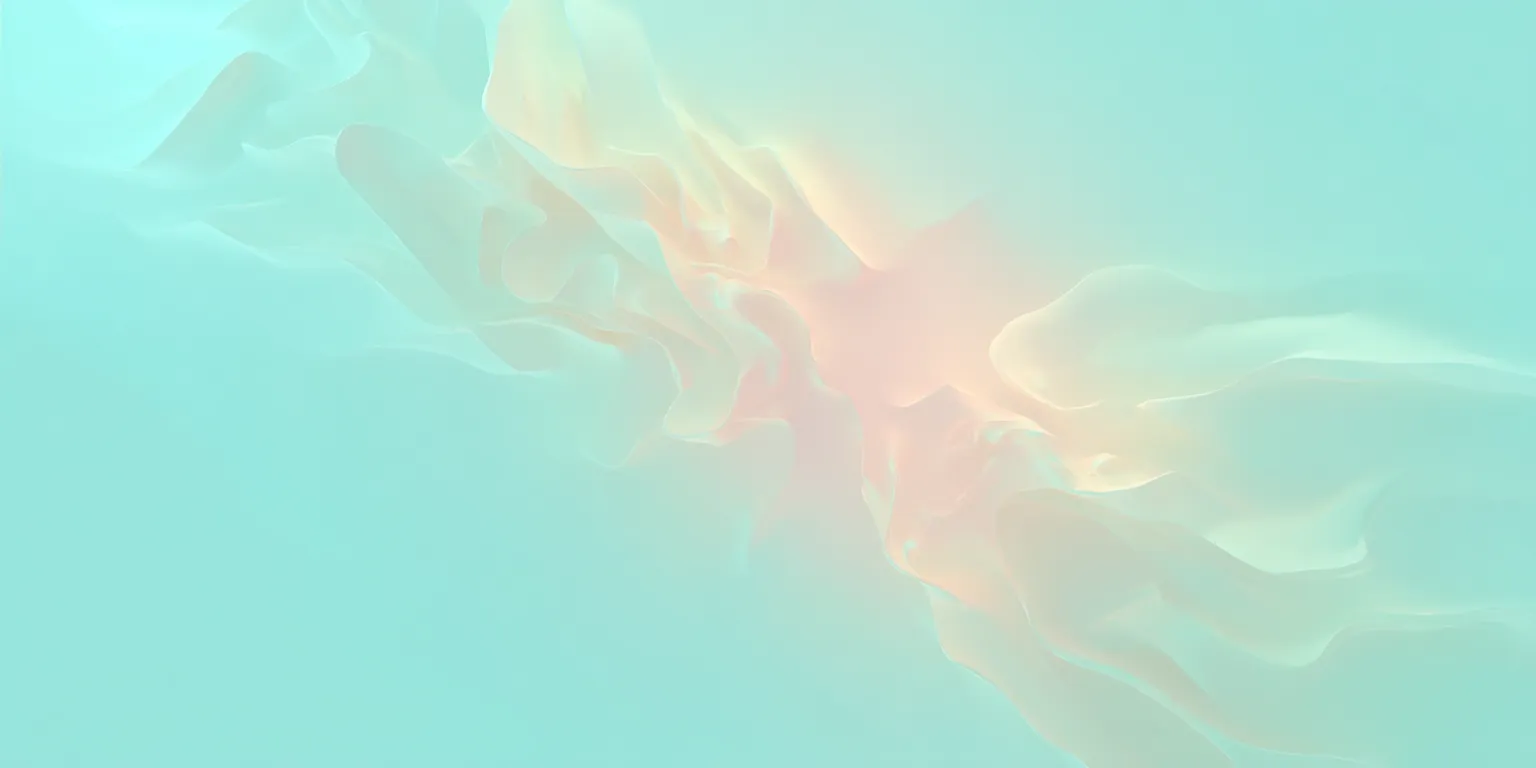
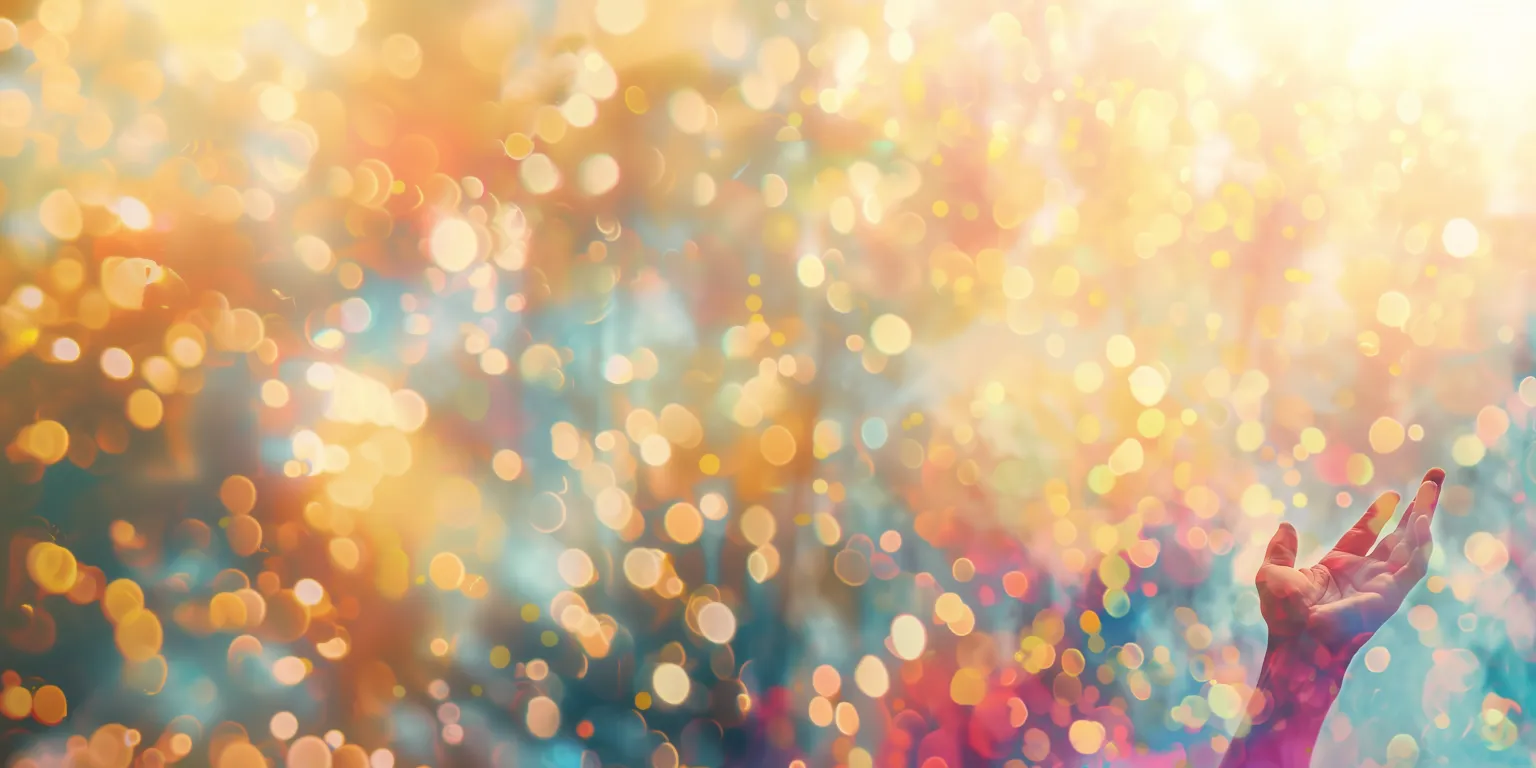
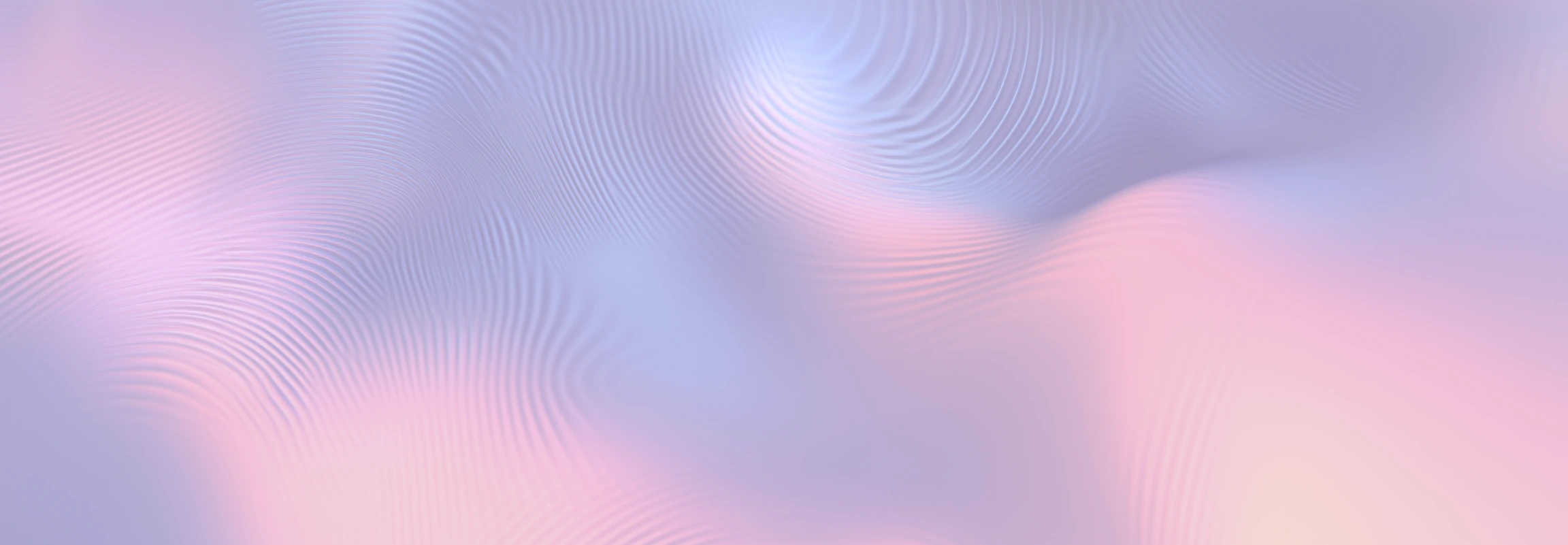
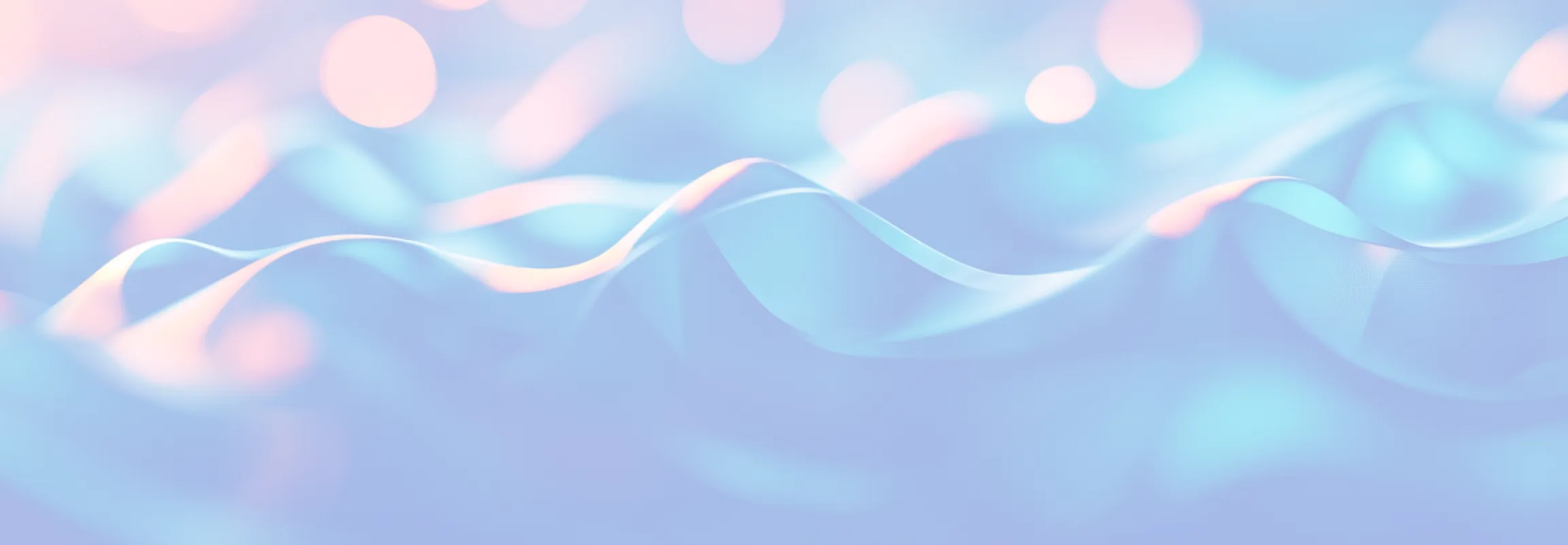
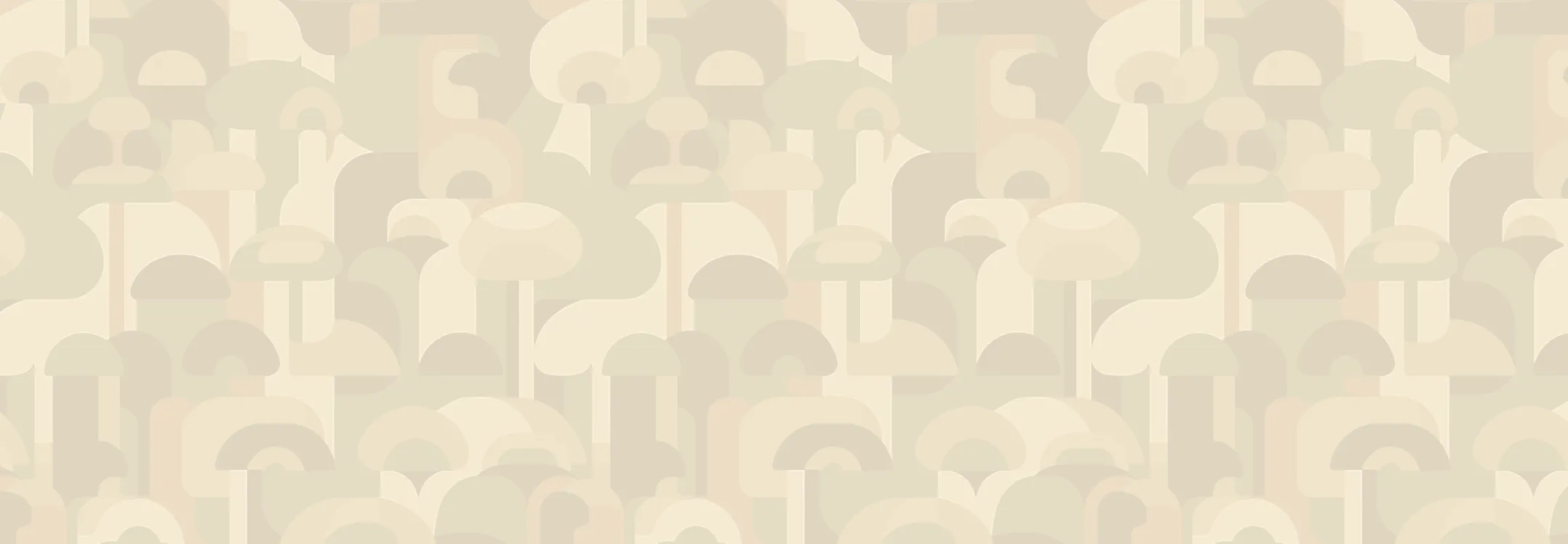
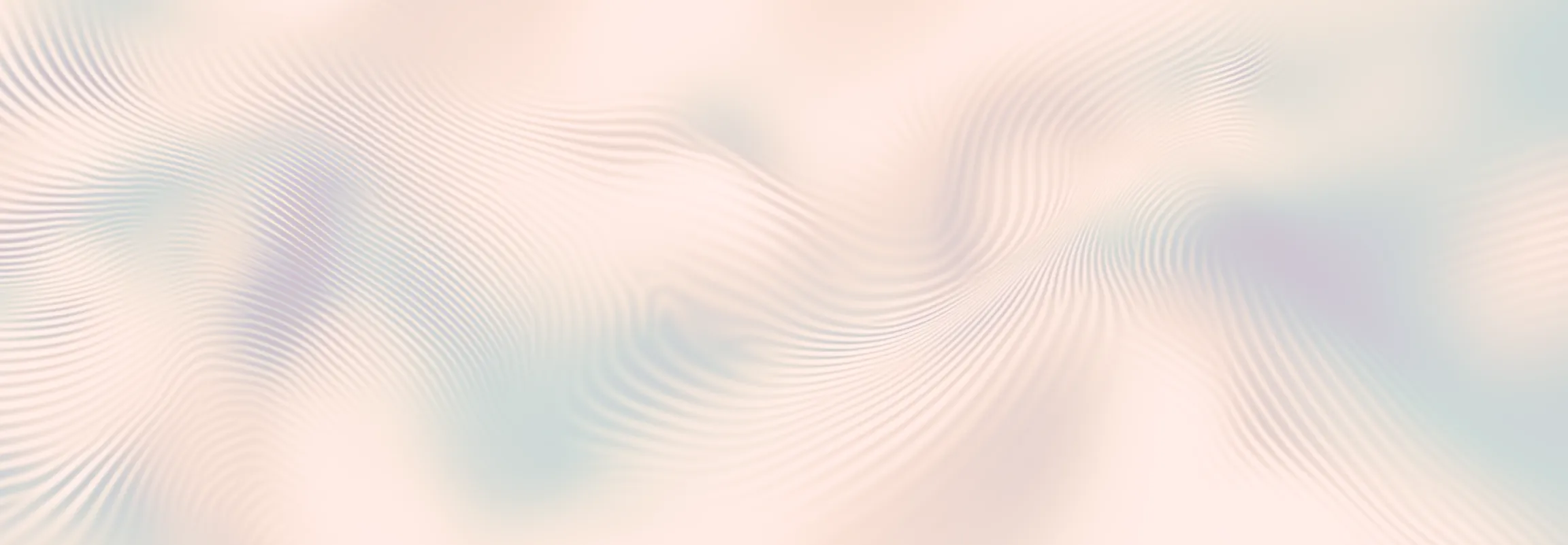
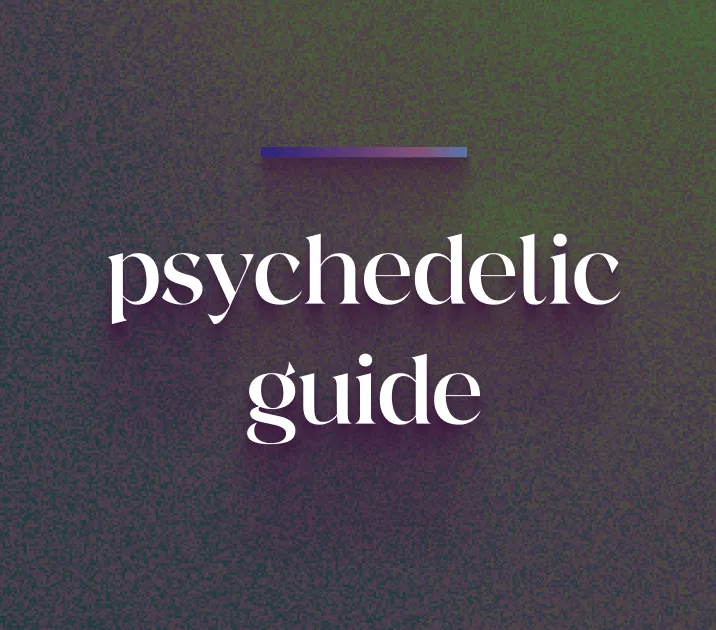
 Nir Tadmor
Nir Tadmor Ben “Doc” Askins
Ben “Doc” Askins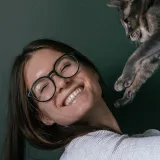 Sofie Mikhaylova
Sofie Mikhaylova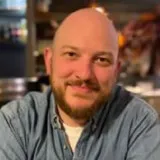 Edmund Murphy
Edmund Murphy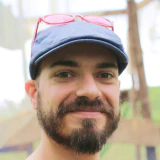 David Connell
David Connell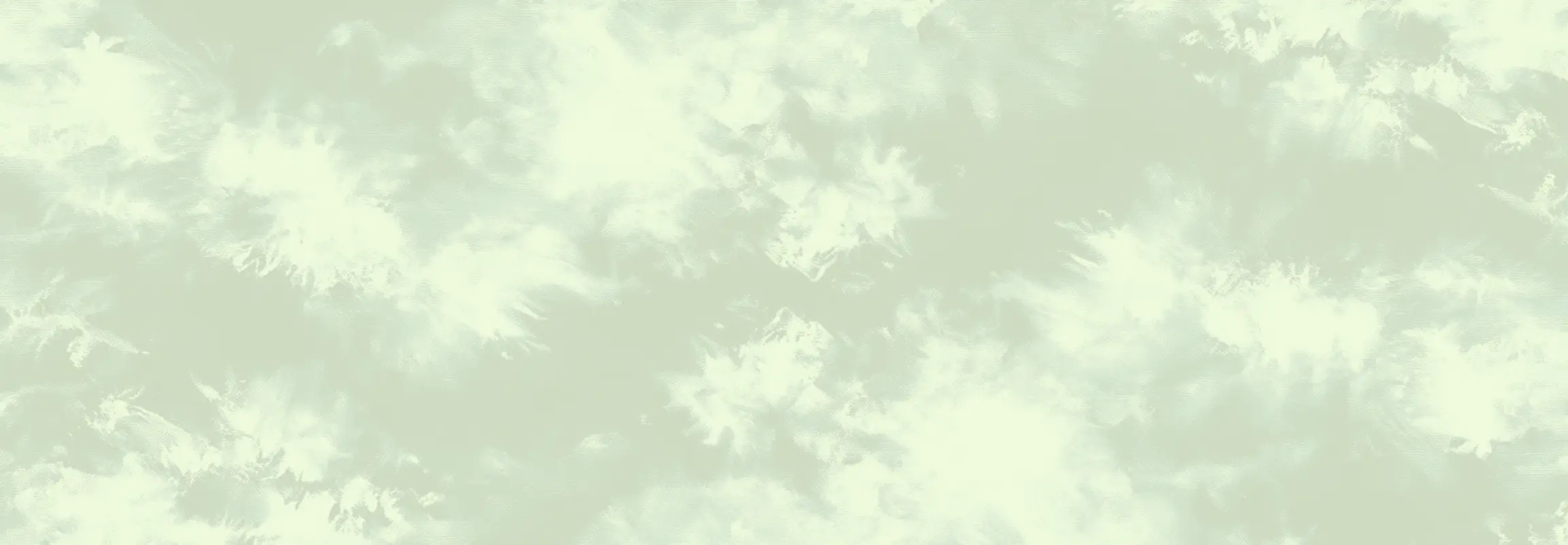


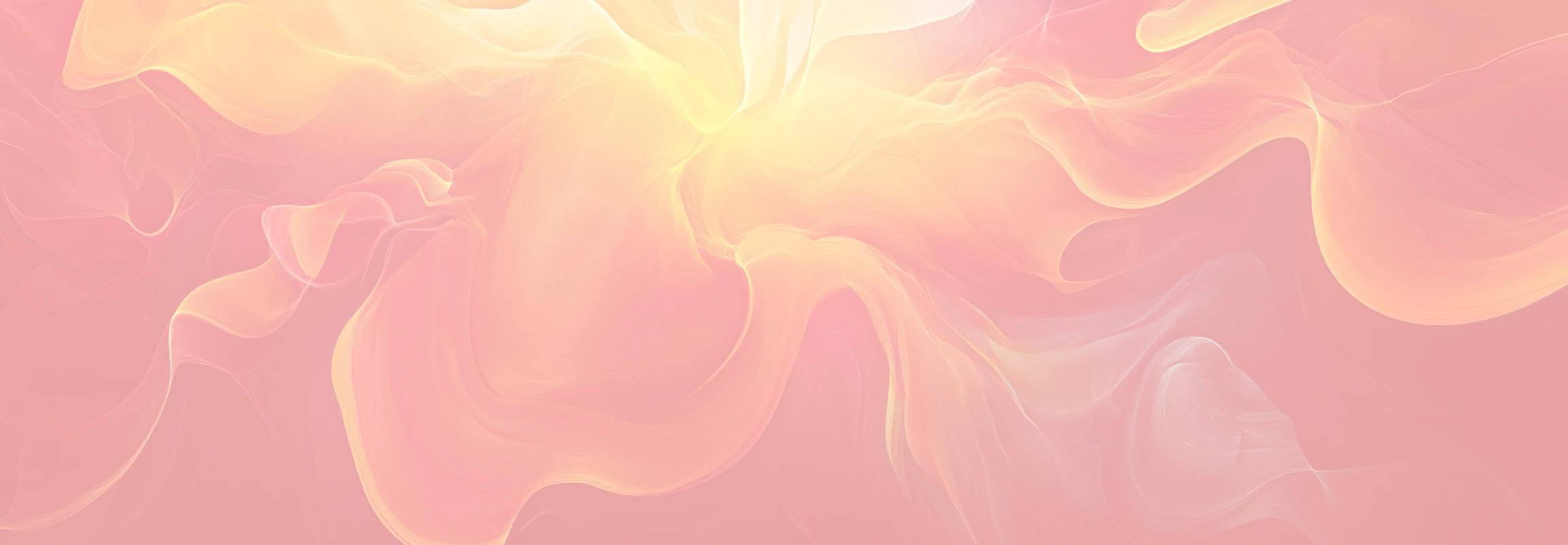
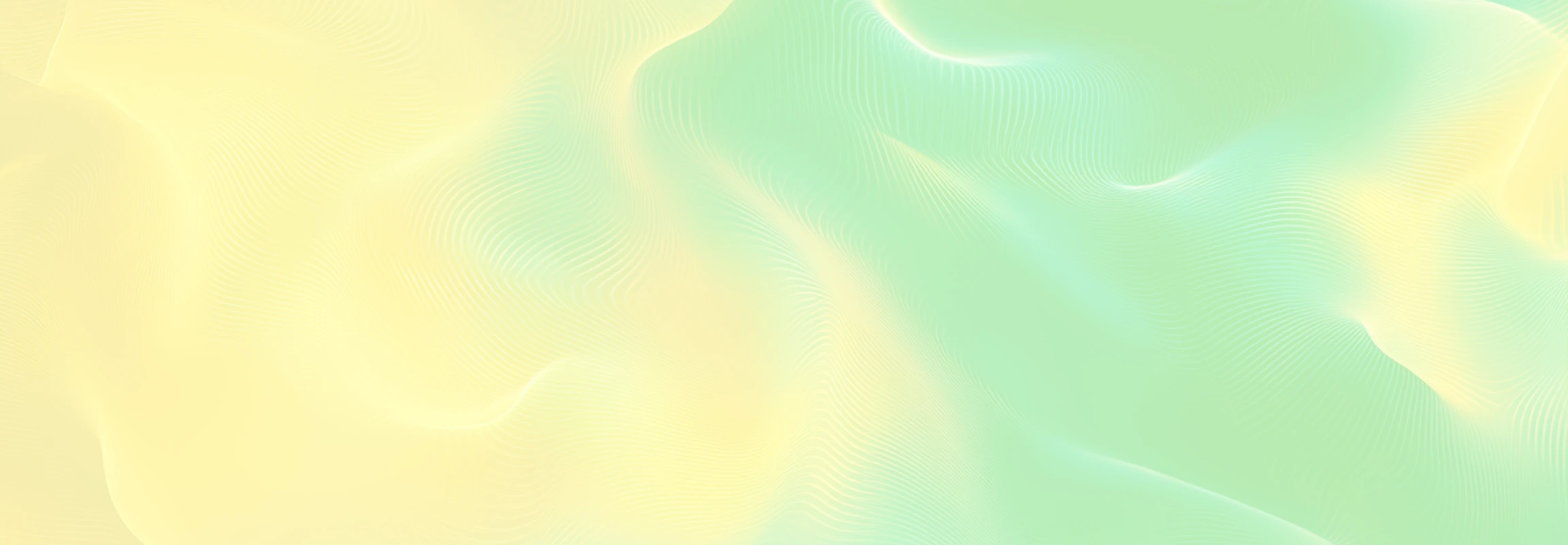
 Nick Hilden
Nick Hilden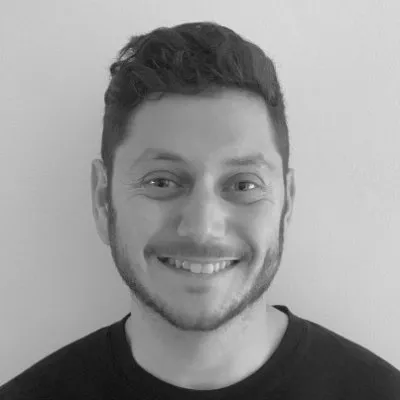 Sam Woolfe
Sam Woolfe